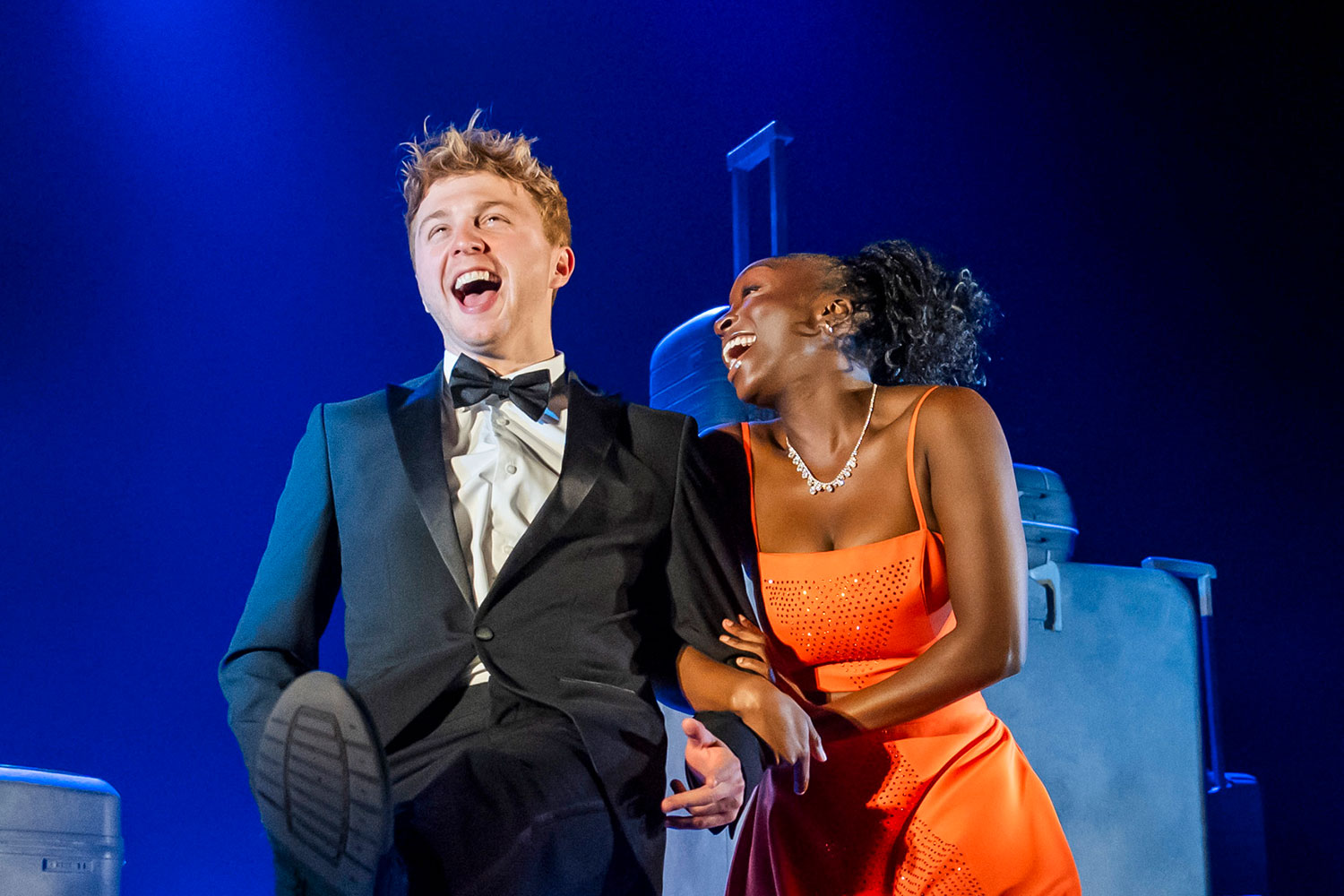Dance To Make You Laugh
Ballet has a reputation for being super serious, and it’s true that it is both very formal and very dignified. However, it also has a tradition of interweaving comedy with its aristocratic steps to tell stories and gently mock its own perfection.
The great Russian-born, New York-based choreographer George Balanchine created humour in his plotless, super-serious ballets by the sheer ingenuity of his dance patterns. He also teased the audience and made them laugh by creating an expectation his dancers would move in one direction, only for them to move in the other.
Jerome Robbins, Balanchine’s colleague at New York City Ballet, produced more obvious comic creations, both on Broadway and the ballet stage, such as the music groupies in The Concert, while Royal Ballet Founder Choreographer Frederick Ashton drew on the comic traditions of British pantomime when he made Cinderella and La Fille Mal Gardée.
You might think contemporary and experimental choreographers too intellectual to use comedy, but its appeal is too strong. British dance-maker Lea Anderson deploys dark satire to unnervingly comic effect, and French artist Jerome Bel uses exact enactments of pop songs to show the silliness of our romantic longings. In The Show Must Go On, his dancers appear to very gently “die” while Roberta Flack sings “Killing Me Softly”.
Another group of choreographers come closer to the belly laughs of farce, with all its fast-paced improbabilities, switchback action, and changes of direction. The Taiwanese show Jump is one of these and it returns to the Peacock Theatre this autumn for the fourth time.
Jump is the work of Ye Gam Theatre who cross the conventions of sit-com with dumb-cluck dancing and spoofs of just about every culture, from slow-motion kung-fu fights to tipsy tangos in exaggerated Latin fashion.
Circus skills are another favorite source of dance-comedy, and this autumn you can see both Cirkus Cirkor and James Thierree who use tumbling and acrobatics in ingeniously different ways. Cirkus Cirkor look like saltinbanques or a traveling troupe of commedia dell’arte characters. They spin and flip and turn themselves upside down, with unexpected “freezes” and changes of pace that make you laugh at the improbability.
By contrast, the blue-chip Thierree (his grandfather was Charlie Chaplin) creates more fantastical, dream-like shows, with themes of adventure and sailing the seven seas. His gentle humour, and clever use of props, has a daring invention, with his characters good and innocent in a big, bad world.
The family-friendly troupe Inbal Pinto are also in London this month, and they too use clever props, albeit much smaller ones than the big-scale effects of Thierree. The Israeli company combines dance and physical theatre, and mixes up cultures, music, characters, and movements, with “silly walks” spliced with elegant balletics.
This ability to mix different elements is common to all comic choreography, and it is much more difficult than it looks. You only have to see less good comic choreography, such as Ye Gam’s own Break Out, to realize the difference between dance larks and dance that falls flat.
James Thierree, 13-24 October, Barbican Theatre. Cirkus Cirkor, 14-31 October, Peacock Theatre. Inbal Pinto, 18-19 October, Southbank Centre. Jump, 3-21 November, Peacock Theatre. The Royal Ballet, La Fille Mal Gardée, 9 March-28 April, Royal Opera House










